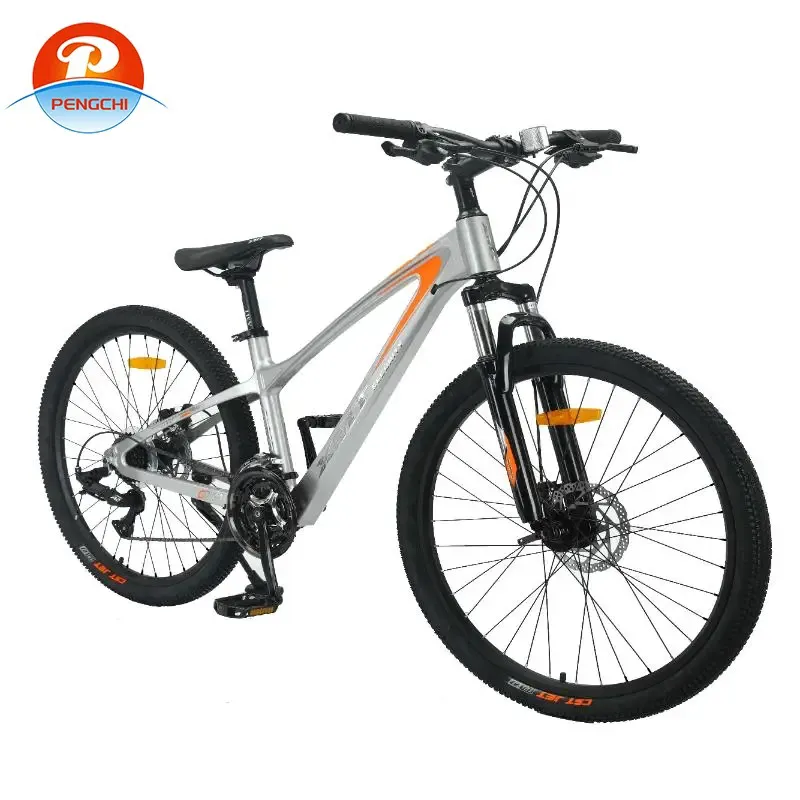
-
 Afrikaans
Afrikaans -
 Arabic
Arabic -
 Belarusian
Belarusian -
 Bengali
Bengali -
 Bulgarian
Bulgarian -
 Croatian
Croatian -
 Czech
Czech -
 Danish
Danish -
 Dutch
Dutch -
 English
English -
 Finnish
Finnish -
 French
French -
 German
German -
 Greek
Greek -
 hawaiian
hawaiian -
 Hebrew
Hebrew -
 Hindi
Hindi -
 Hungarian
Hungarian -
 Indonesian
Indonesian -
 irish
irish -
 Italian
Italian -
 Japanese
Japanese -
 Javanese
Javanese -
 kazakh
kazakh -
 Khmer
Khmer -
 Korean
Korean -
 Kyrgyz
Kyrgyz -
 Lao
Lao -
 Latin
Latin -
 Luxembourgish
Luxembourgish -
 Malay
Malay -
 Myanmar
Myanmar -
 Norwegian
Norwegian -
 Persian
Persian -
 Polish
Polish -
 Portuguese
Portuguese -
 Romanian
Romanian -
 Russian
Russian -
 Serbian
Serbian -
 Slovak
Slovak -
 Somali
Somali -
 Spanish
Spanish -
 Swedish
Swedish -
 Tagalog
Tagalog -
 Thai
Thai -
 Turkish
Turkish -
 Turkmen
Turkmen -
 Ukrainian
Ukrainian -
 Uighur
Uighur -
 Vietnamese
Vietnamese
Nov . 05, 2024 18:41 Back to list
types of mountain bike
Exploring the Different Types of Mountain Bikes
Mountain biking is an exhilarating sport that offers riders the chance to explore the great outdoors, tackle rugged terrains, and enjoy a sense of adventure. However, not all mountain bikes are created equal. With various types designed for specific riding styles and terrains, it's essential to understand the differences to choose the right bike for your needs. In this article, we will explore the different types of mountain bikes and their features.
1. Cross-Country Bikes (XC)
Cross-country bikes are designed for speed and efficiency on a variety of terrains. These bikes are typically lightweight, with a focus on climbing ability, making them ideal for long-distance rides and racing. They usually feature a hardtail or a full-suspension setup, although hardtails (bikes without rear suspension) are more common in this category. The geometry of cross-country bikes promotes an aggressive riding position, allowing for better power output when pedaling uphill. If you enjoy endurance races or long rides on moderate trails, a cross-country bike may be the right choice for you.
2. Trail Bikes
Trail bikes are versatile machines that excel in a wide range of situations. They strike a balance between stability, comfort, and climbing efficiency. Typically with a full-suspension setup, trail bikes offer a good amount of travel (usually between 120mm to 150mm) to absorb shocks from rough terrain while maintaining the ability to climb well. These bikes are perfect for riders who enjoy exploring a variety of trails, from flowing wooded paths to technical descents. If you’re looking for an all-around mountain bike that can handle diverse environments, trail bikes are a great option.
3. All-Mountain Bikes (Enduro)
All-mountain or enduro bikes are designed for aggressive trail riding. These bikes feature longer travel suspension (between 150mm to 180mm) that allows them to handle steep descents and technical challenges with ease. The geometry of all-mountain bikes is typically slacker than that of cross-country and trail bikes, which provides better stability during fast descents and rough terrain. Riders who prefer a balance of climbing ability and downhill performance will find all-mountain bikes suitable for their adventures, especially in trail systems with both climbs and challenging descents.
types of mountain bike

4. Downhill Bikes
Downhill bikes are built for one purpose to excel on steep, downhill trails. These bikes have robust frames, long travel suspension (often over 200mm), and a slack geometry that provides maximum stability during high-speed descents. While downhill bikes are not designed for climbing, they are equipped with powerful brakes and wide tires to handle the most technical downhill courses. They are typically used in bike parks or during downhill racing. If you enjoy tackling steep hills and have access to downhill trails, a downhill bike is an excellent choice.
5. Fat Bikes
Fat bikes feature oversized tires, usually measuring 3.8 inches or more, designed to ride on soft terrains like snow and sand. They provide superior traction and stability, making them suitable for riders who want to explore unpaved paths during winter or sandy environments. The frame geometry of fat bikes is similar to that of mountain bikes but may be slightly altered to accommodate the larger tires. Fat biking is becoming increasingly popular, as it allows year-round riding in a variety of conditions.
6. Electric Mountain Bikes (E-MTB)
Electric mountain bikes (E-MTBs) represent a growing segment of the mountain biking community. These bikes are equipped with a pedal-assist motor that helps riders tackle challenging terrains with less physical exertion. E-MTBs are available in various styles, including cross-country, trail, and all-mountain formats. They are perfect for those looking to extend their riding range, tackle steeper climbs, or enjoy mountain biking with less fatigue. While the added weight of the motor and battery is a consideration, the benefits in terms of accessibility and enjoyment make them a popular choice.
Conclusion
Choosing the right type of mountain bike is crucial for enhancing your riding experience. Whether you’re looking for speed, versatility, or the thrill of downhill descents, there’s a mountain bike designed for you. Understanding the features of cross-country, trail, all-mountain, downhill, fat bikes, and e-MTBs will help you make an informed decision. So, gear up, hit the trails, and enjoy the adventure that mountain biking offers!
-
Red Black BMX Bike with GPT-4-Turbo AI Tech
NewsJul.31,2025
-
New Red Anti-theft E-Bike | Easy Ride City Commuter
NewsJul.31,2025
-
BMX 20 Inch Bikes for Freestyle & Street | Fat Tire Options Available
NewsJul.30,2025
-
322 High Quality 26 Inch 21 Speed Adult Mountain Bike OEM MTB
NewsJul.29,2025
-
Specialized Kids Mountain Bikes - Safe, Durable & Fun Riding Experience
NewsJul.29,2025
-
Little Kids Mountain Bike - Lightweight Bikes for Young Riders
NewsJul.29,2025

